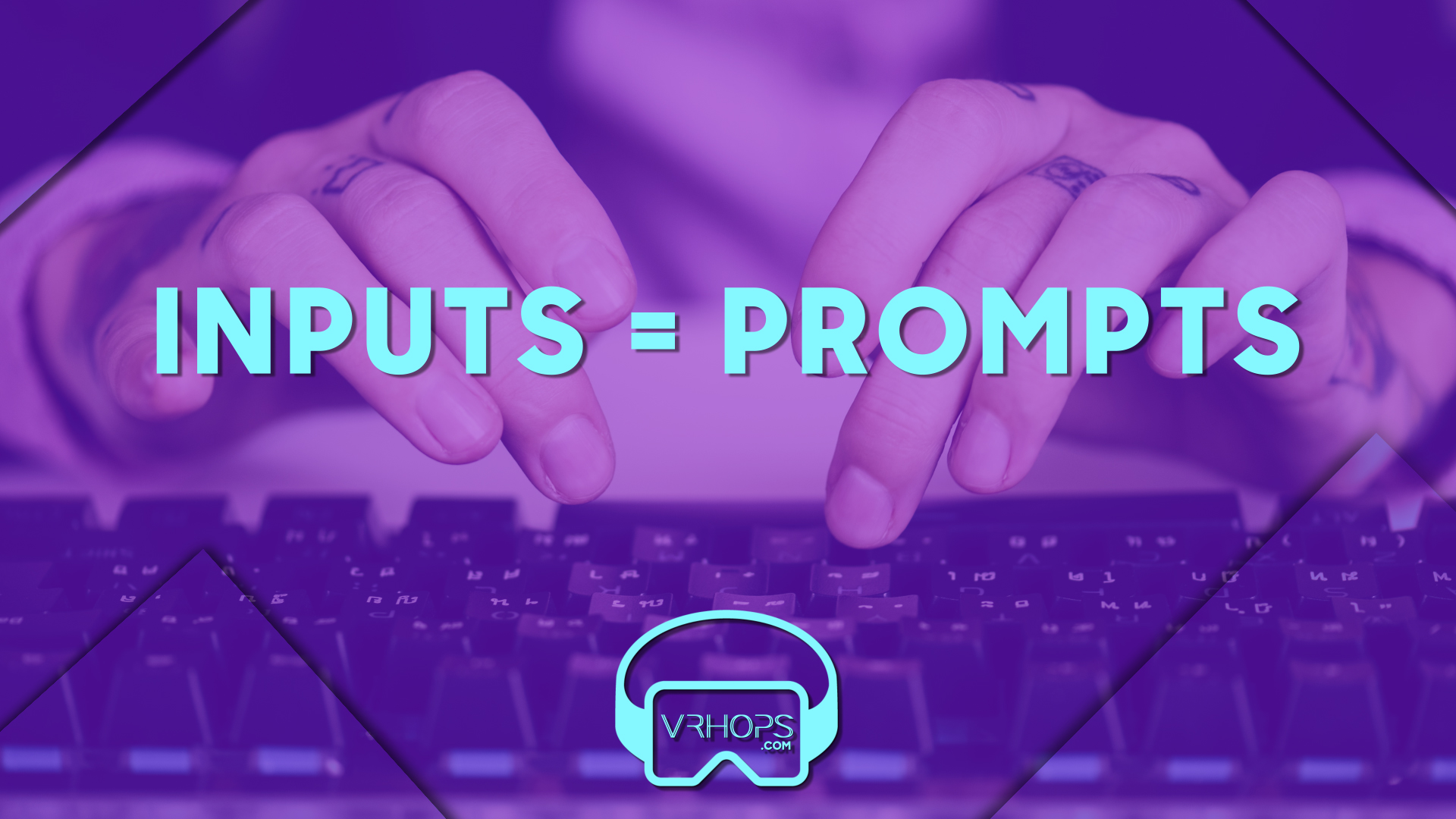
“Visualizing the Fundamental Variables for AI Prompts: Understanding the Inputs for Accurate and Relevant Prompts”
The inputs for AI prompts that include “the who, the how, the what, and the when” could be collectively named as “the fundamental variables.” These fundamental variables serve as the foundation for many types of AI systems, as they provide the key information necessary for generating accurate and relevant prompts.
“The who” input refers to the individuals or groups of people involved in a particular situation, such as customers, employees, or stakeholders. This input can include demographic information, behavioral data, or other relevant details about the individuals in question.
“The how” input refers to the methods, tools, and techniques used to accomplish a particular task or achieve a specific goal. This input can include information about technology, processes, or other operational details.
“The what” input refers to the specific goals, objectives, or outcomes that are desired from a particular situation or task. This input can include information about desired results, performance metrics, or other key indicators of success.
“The when” input refers to the timing and scheduling of specific tasks or events. This input can include information about deadlines, project timelines, or other time-sensitive details.
Together, these fundamental variables provide a comprehensive understanding of a particular situation, task, or goal, and can be used to generate prompts that are specific, relevant, and actionable. By carefully considering these inputs and their relationships to each other, AI systems can generate accurate and useful prompts that help users achieve their desired outcomes.

“Mastering the Fundamental Variables: How Understanding the Who, How, What, and When Leads to Top Results with AI”
Mastering the fundamental variables of “the who, the how, the what, and the when” is essential for achieving top results with AI systems. By understanding these inputs and their relationships to each other, users can generate accurate and relevant prompts that lead to better outcomes. For example, a marketing campaign that targets the wrong demographic (the who) or uses the wrong channels (the how) is unlikely to be successful, no matter how well-designed the messaging (the what) or timing (the when) may be. Similarly, a manufacturing process that uses the wrong materials (the what) or operates outside of a specific timeline (the when) could result in product defects or delays, regardless of the expertise of the employees (the who) or the tools available (the how).
By carefully considering each of the fundamental variables and how they relate to the specific situation at hand, users can ensure that their AI prompts are tailored to their needs and goals, and ultimately lead to top results.





